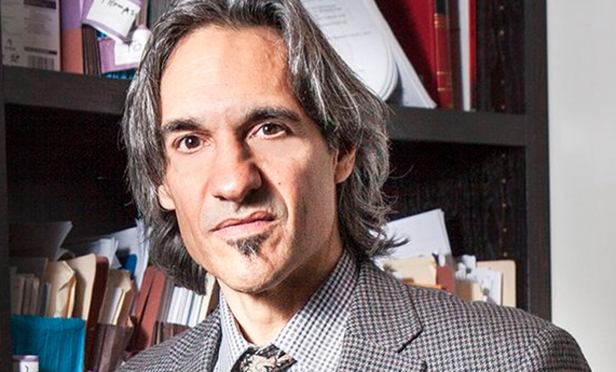New York courts have applied the best evidence rule to video surveillance recordings in a variety of circumstances. This article addresses holdings in which an original video recording has been destroyed or is otherwise unavailable and secondary evidence is offered in lieu of the original.
The best evidence rule requires the production of an original version of evidentiary material when its contents are in dispute and sought to be proven.1 Historically, the best evidence rule was intended to reduce fraud or perjury and prevent the introduction of inaccuracies into evidence, which may occur when “secondary evidence” is allowed.2 Secondary material is permitted, as an exception to the rule, only if the proponent carries the burden to sufficiently explain the unavailability of the original, and further proves that the copy is an accurate and reliable portrayal of the original.3
This content has been archived. It is available through our partners, LexisNexis® and Bloomberg Law.
To view this content, please continue to their sites.
Not a Lexis Subscriber?
Subscribe Now
Not a Bloomberg Law Subscriber?
Subscribe Now
LexisNexis® and Bloomberg Law are third party online distributors of the broad collection of current and archived versions of ALM's legal news publications. LexisNexis® and Bloomberg Law customers are able to access and use ALM's content, including content from the National Law Journal, The American Lawyer, Legaltech News, The New York Law Journal, and Corporate Counsel, as well as other sources of legal information.
For questions call 1-877-256-2472 or contact us at [email protected]



